Some Birds With More Subdued Colors
Seen at Ash Canyon Bird Sanctuary in the Huachucas
Green-tailed Towhees are always a treat to find as they are another secretive bird species which is hesitant to venture out in the open. To me, the tail does not look green but the guides describe them as being a "deep olive lightening to yellow-green" on the edges of the wings and tail. For me, green is not the color I would use but I wasn't asked. Still, this is a nice looking sparrow.
The bright rufous crown, white throat and dark mustache stripe give this Towhee a distinctive look. Green-tailed Towhees forage on the ground and in dense shrubby areas so you can find them at the edges of dense vegetation.
I was excited to see a small flock of Pine Siskin at the Ash Canyon Bird Sanctuary. I had caught glimpses of these birds in the past and heard their call, but can't remember ever getting good or long looks at them. In Tucson, Pine Siskins may be found during the winters but at this time of year, during spring migration, they have begun moving higher out of the desert.
Both male and female Pine Siskins look the same. They are brown and very streaky with "subtle" yellow edgings on their wings and tails. Their looks in these photos are as bright as these perched finches seem get.
Pine Siskins have sharp, pointed bills and short notched tails. They get their name from the seeds they like to eat in pine trees and other conifers. Their thin bill is not wide as is typical of other finches, but is perfect for being able to reach into pine cones digging for seeds.
Birdnote tells us a bit about why these birds can't be counted on to appear in the same numbers in the same places every year.
This final bird does have a brighter color but doesn't have a reputation for being anything special. Male House Finches can be bright red. However, the birds cannot make the red. The color comes from the pigments contained in the birds' food during their feather molt. The more pigment in the food, the redder the male. Birdnote explains this plumage concept:
Originally birds of the Western US, they have spread throughout the country due to an interesting and recent phenomenon. In the middle of the last century, caged birds were popular pets. Some enterprising people thought that these bright red birds would be a hit if sold to East Coast bird lovers. Many of these birds were (illegally) captured, and taken to New York City in 1940/41 to be sold as "Hollywood Finches". Just before the authorities arrived at the shops to intervene, the birds were released and they quickly spread across the land.
This range map from AllAboutBirds shows how they have proliferated quickly across the continent.
You can see how a brightly colored male House Finch is a special bird. The females are more attracted to the brighter males. If their food source during molt is limited in the proper pigments, then the male House Finch may be a lighter red, or even orange/yellow. But not the one I was looking at!
Birdnote shares how House Finches are evolving quickly to their new habitat.


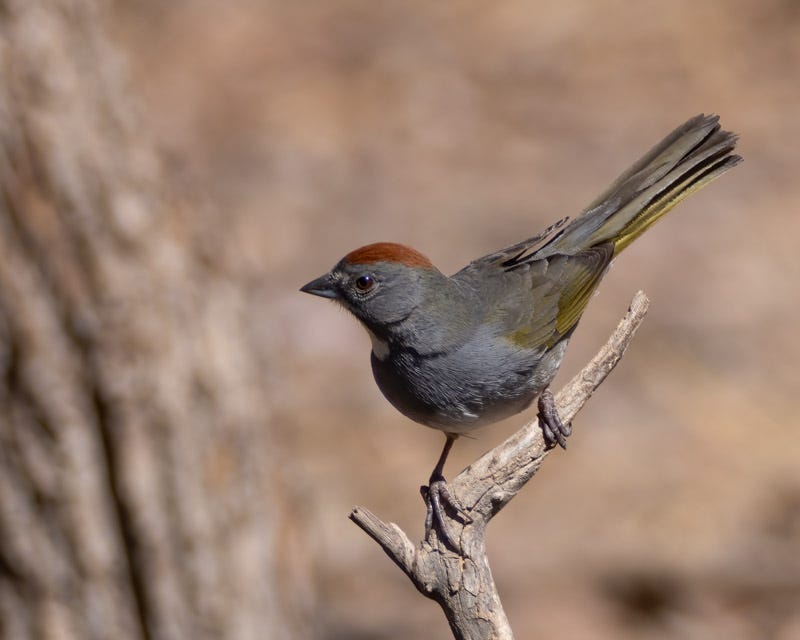
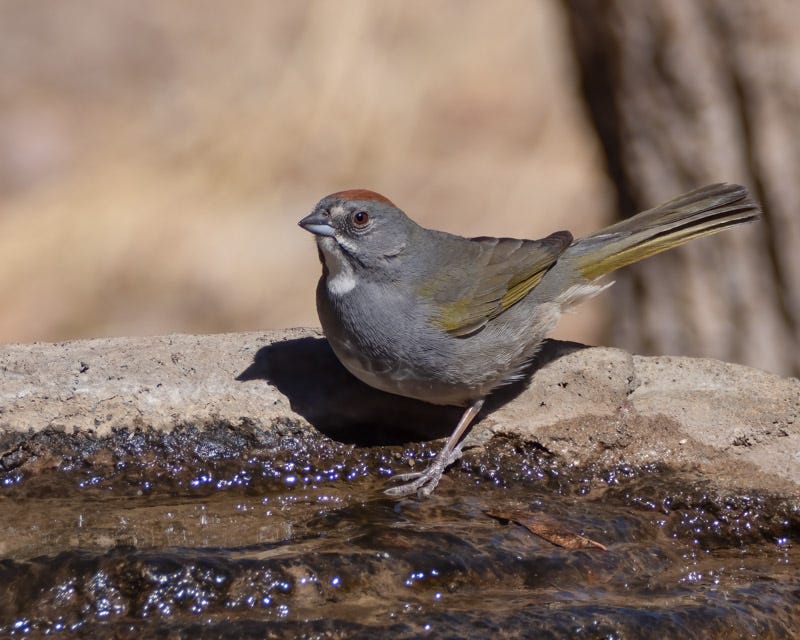

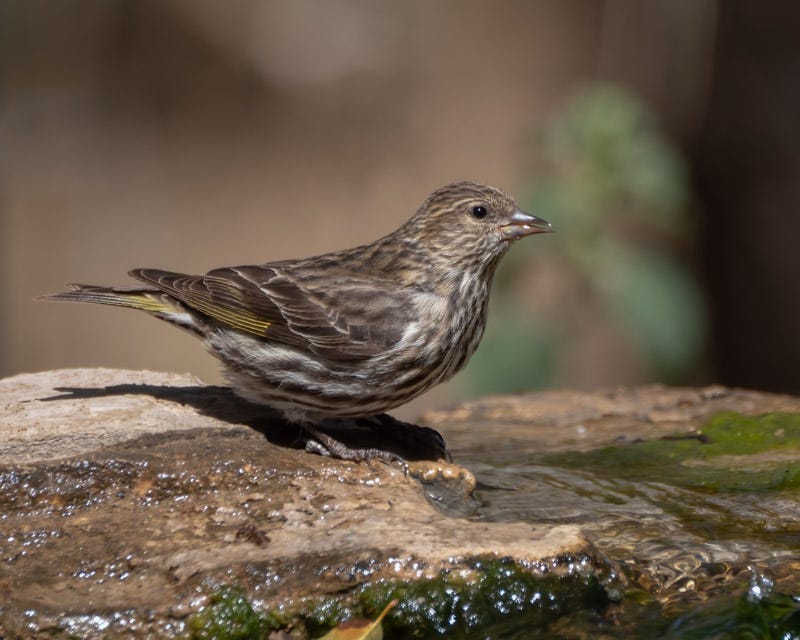
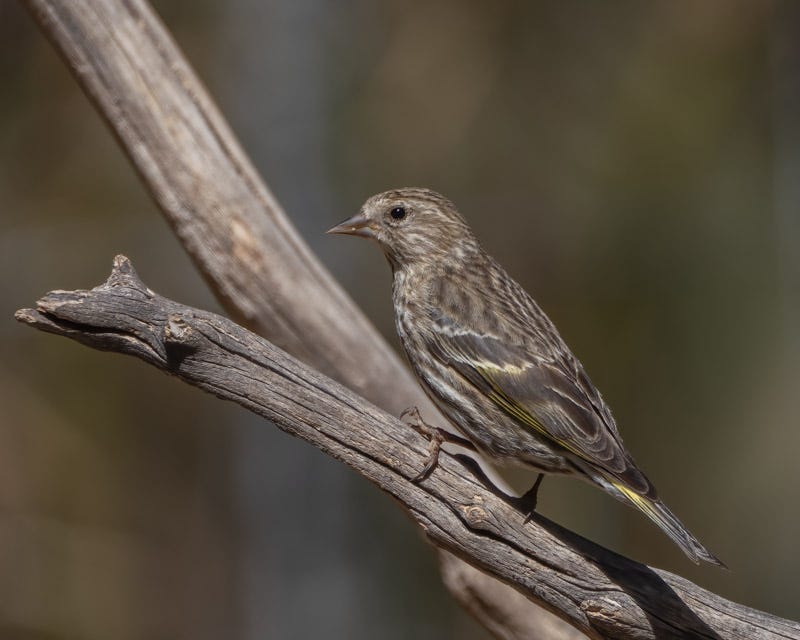
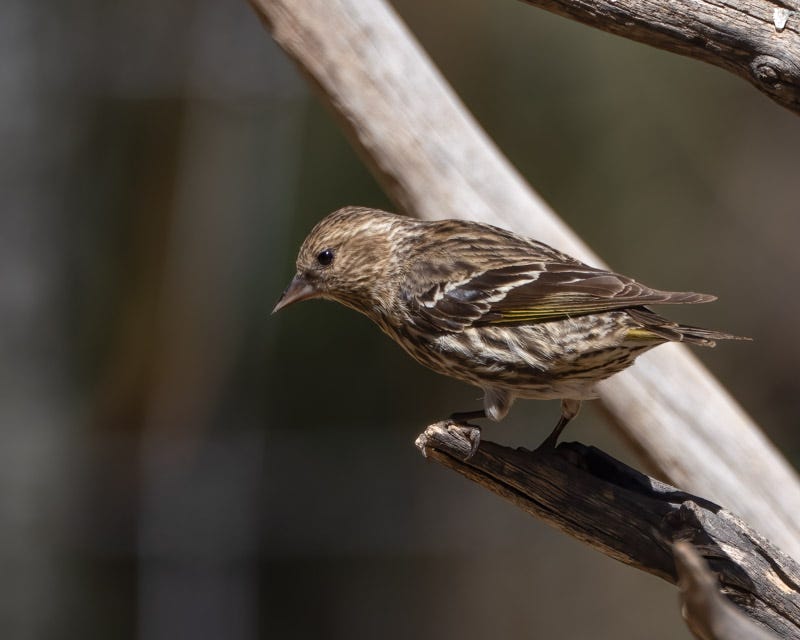
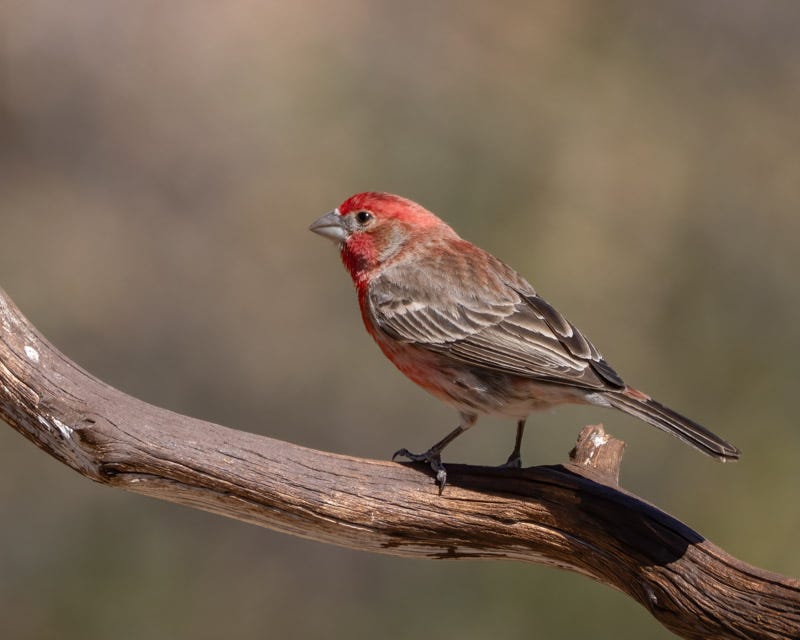


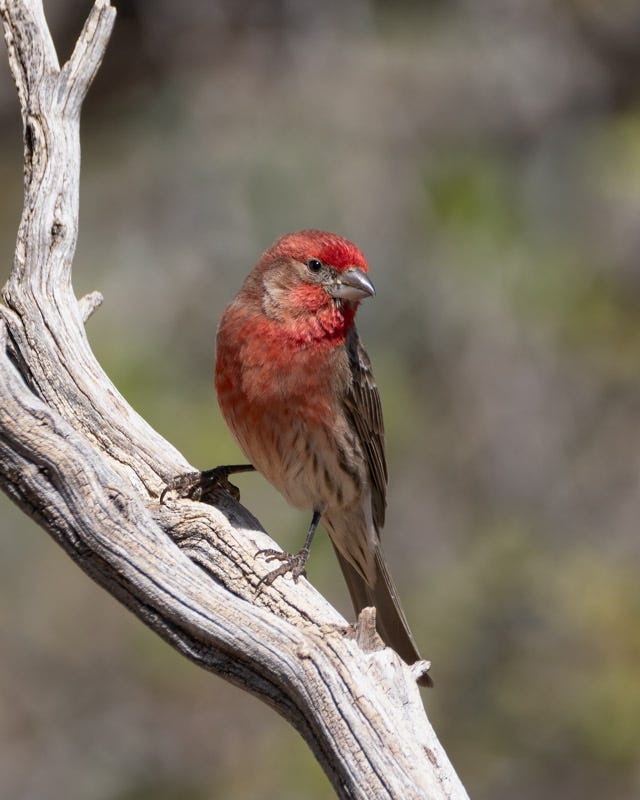
We tend to overlook House Finches because they are so common, but they are very pretty birds. Nice photos, Dan!
Excellent post, wonderful photos.